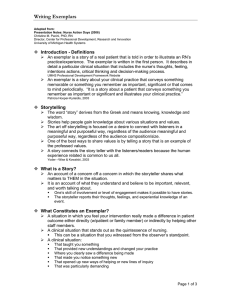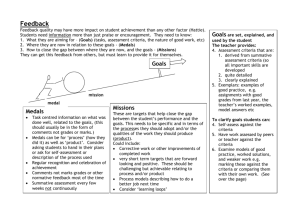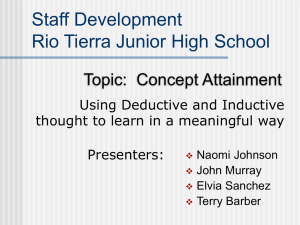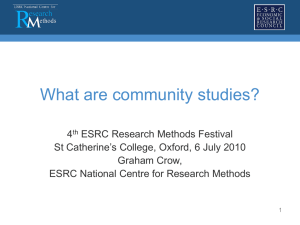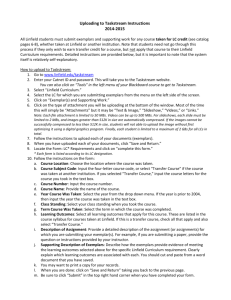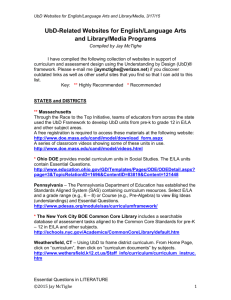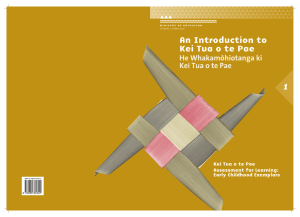Click here to the review.
advertisement
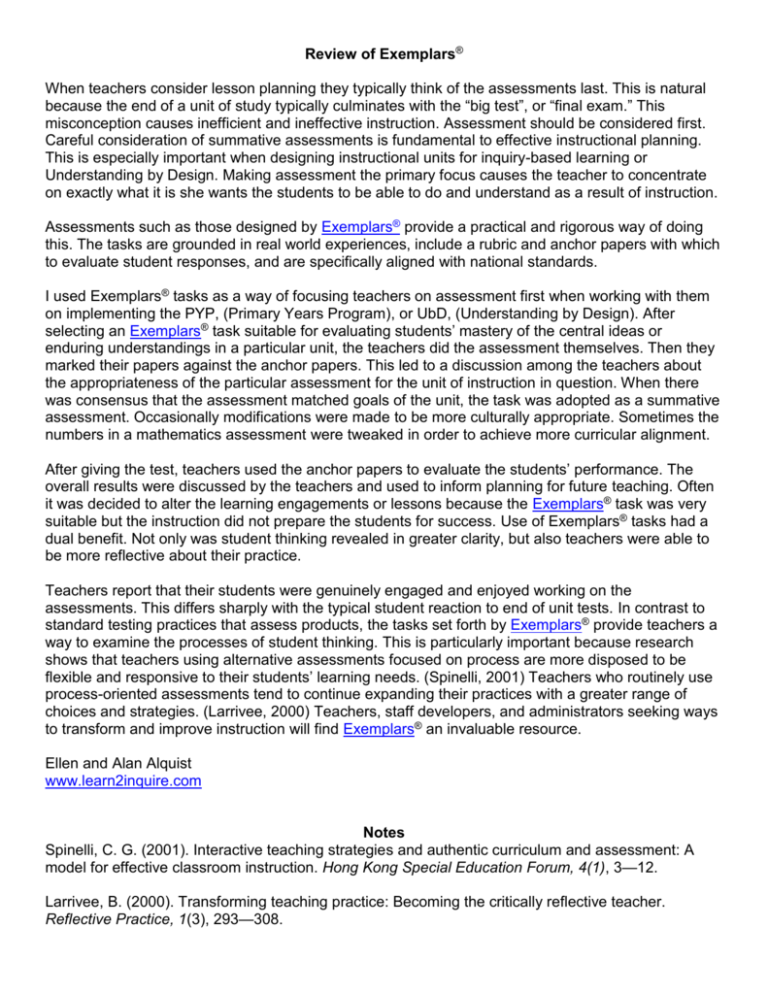
Review of Exemplars® When teachers consider lesson planning they typically think of the assessments last. This is natural because the end of a unit of study typically culminates with the “big test”, or “final exam.” This misconception causes inefficient and ineffective instruction. Assessment should be considered first. Careful consideration of summative assessments is fundamental to effective instructional planning. This is especially important when designing instructional units for inquiry-based learning or Understanding by Design. Making assessment the primary focus causes the teacher to concentrate on exactly what it is she wants the students to be able to do and understand as a result of instruction. Assessments such as those designed by Exemplars® provide a practical and rigorous way of doing this. The tasks are grounded in real world experiences, include a rubric and anchor papers with which to evaluate student responses, and are specifically aligned with national standards. I used Exemplars® tasks as a way of focusing teachers on assessment first when working with them on implementing the PYP, (Primary Years Program), or UbD, (Understanding by Design). After selecting an Exemplars® task suitable for evaluating students’ mastery of the central ideas or enduring understandings in a particular unit, the teachers did the assessment themselves. Then they marked their papers against the anchor papers. This led to a discussion among the teachers about the appropriateness of the particular assessment for the unit of instruction in question. When there was consensus that the assessment matched goals of the unit, the task was adopted as a summative assessment. Occasionally modifications were made to be more culturally appropriate. Sometimes the numbers in a mathematics assessment were tweaked in order to achieve more curricular alignment. After giving the test, teachers used the anchor papers to evaluate the students’ performance. The overall results were discussed by the teachers and used to inform planning for future teaching. Often it was decided to alter the learning engagements or lessons because the Exemplars® task was very suitable but the instruction did not prepare the students for success. Use of Exemplars® tasks had a dual benefit. Not only was student thinking revealed in greater clarity, but also teachers were able to be more reflective about their practice. Teachers report that their students were genuinely engaged and enjoyed working on the assessments. This differs sharply with the typical student reaction to end of unit tests. In contrast to standard testing practices that assess products, the tasks set forth by Exemplars® provide teachers a way to examine the processes of student thinking. This is particularly important because research shows that teachers using alternative assessments focused on process are more disposed to be flexible and responsive to their students’ learning needs. (Spinelli, 2001) Teachers who routinely use process-oriented assessments tend to continue expanding their practices with a greater range of choices and strategies. (Larrivee, 2000) Teachers, staff developers, and administrators seeking ways to transform and improve instruction will find Exemplars® an invaluable resource. Ellen and Alan Alquist www.learn2inquire.com Notes Spinelli, C. G. (2001). Interactive teaching strategies and authentic curriculum and assessment: A model for effective classroom instruction. Hong Kong Special Education Forum, 4(1), 3—12. Larrivee, B. (2000). Transforming teaching practice: Becoming the critically reflective teacher. Reflective Practice, 1(3), 293—308.
